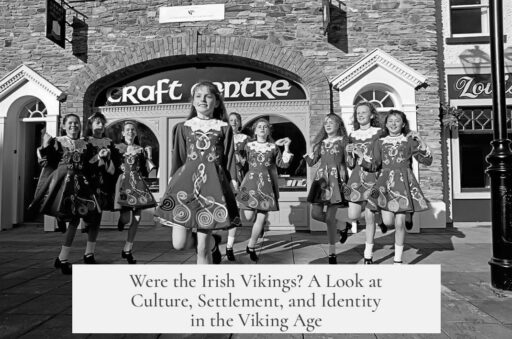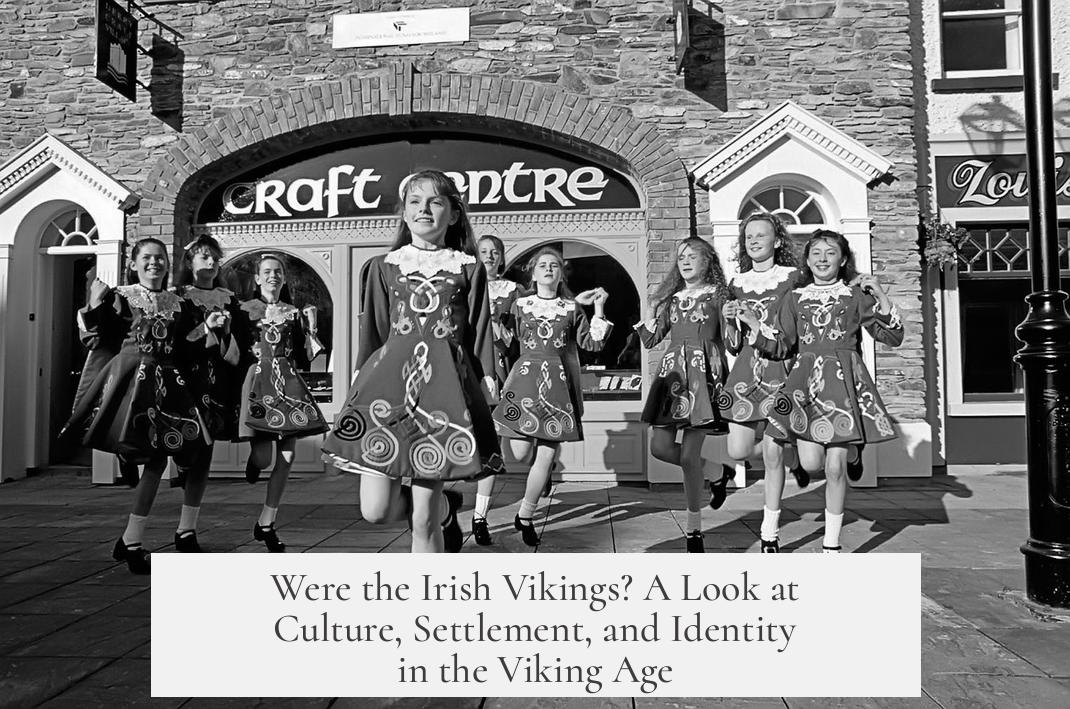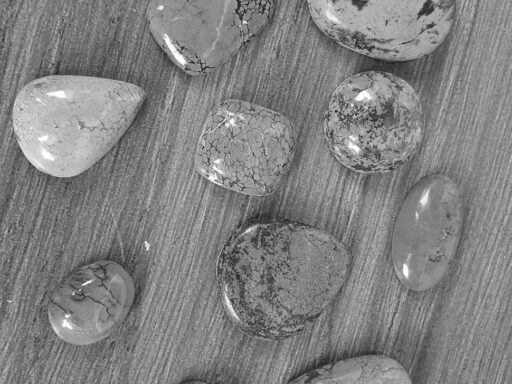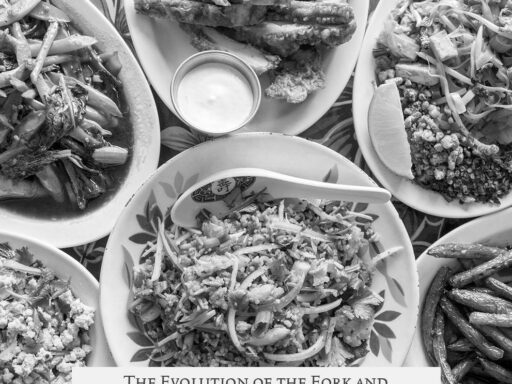The Irish were not Vikings in the traditional ethnic or cultural sense, but some Irish individuals did participate in Viking activities and maritime ventures alongside Norse settlers.
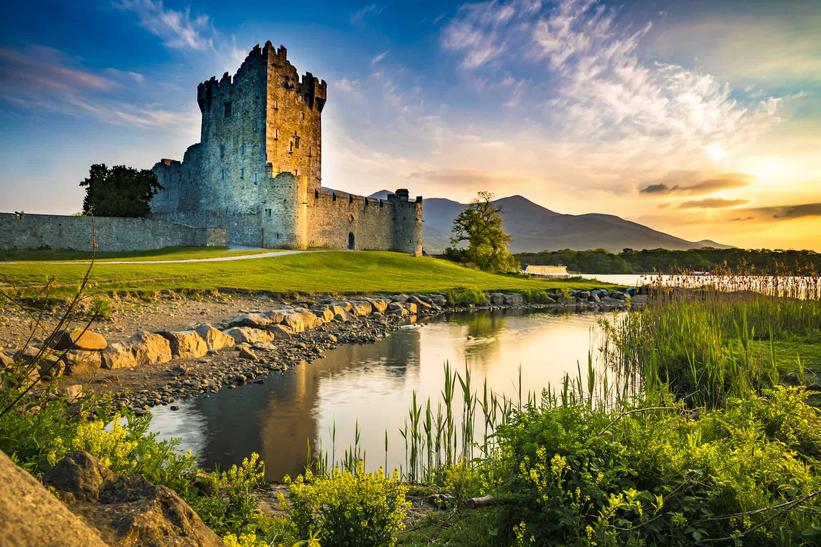
The term “Vikings” traditionally refers to Norsemen from Scandinavia who engaged in raiding, trading, and settling across Europe, including Britain, Ireland, and Iceland, during the Viking Age (8th–11th centuries). The Irish, primarily Gaels and Celts, were ethnically and linguistically distinct from these Norse peoples. Gaelic and Old Norse were different languages, and the Irish culture did not revolve around the long-distance raiding expeditions typical of Vikings. Therefore, medieval Irish people are generally not classified as Vikings.
Nonetheless, Irish maritime activity during the early medieval period was significant. Irish sailors reached as far as Iceland, and raids occurred in nearby regions like Wales. Strong cultural ties developed between Irish and Norse settlers, particularly where the Norse established settlements in Ireland. This cultural blending reflects complex interactions rather than simple Viking identity adoption.
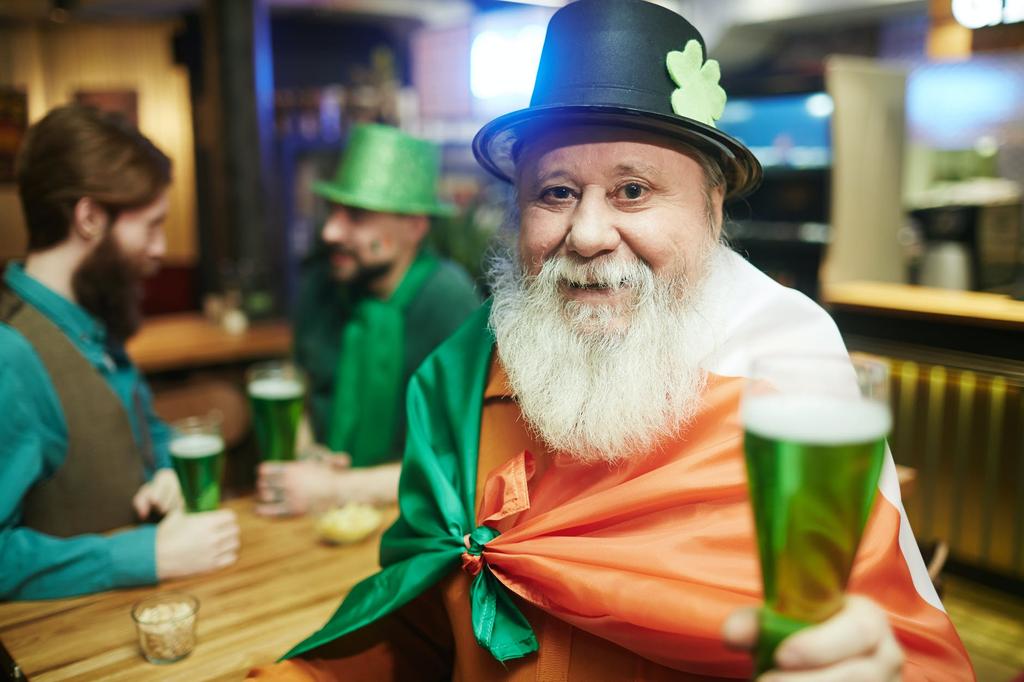
The Old Norse word “víkingr” literally means “pirate” or “one who goes on Viking expeditions,” meaning that any individual undertaking such raids or voyages could be called a Viking. Seen through this linguistic lens, some Irish who joined or participated in these expeditions—whether as warriors, slaves, or allies—could be considered Vikings. However, this did not extend to the entire Irish population.
| Aspect | Irish Perspective | Norse Viking Perspective |
|---|---|---|
| Ethnicity | Gaelic, Celtic origin | Scandinavian Norse |
| Language | Irish Gaelic | Old Norse |
| Maritime Activities | Sailed to Iceland, raided Wales | Raided, traded, settled multiple regions |
| Political Role | Fragmented kingdoms, resisted Norse land claims | Established towns (Dublin, Cork), raided extensively |
Historical and archaeological evidence supports early Irish presence in Iceland. Ari ‘the Wise’ Þorgilsson, a 12th-century Icelandic scholar, recorded that before Norsemen settled Iceland, Irish Christian monks called Papar lived there. They left books, bells, and crosiers and departed to avoid pagan Norse, indicating Irish maritime and monastic reach beyond Ireland.

In Ireland, Norse Vikings arrived in the 9th and 10th centuries, exploiting political fragmentation. They founded key urban centers like Dublin and Cork. Despite Norse settlements, the Irish largely resisted giving up land to these newcomers but absorbed some cultural traits over time. Norse and Irish genetic intermingling occurred, especially as Irish individuals were enslaved or integrated into Norse communities.
Several notable figures illustrate Irish-Norse interactions. Auður djúpúðga, the Queen of Dublin, married a Norse leader and later became a founding settler of Iceland, leading a group of about 20 people. Some may have self-identified as Irish despite Norse backgrounds.
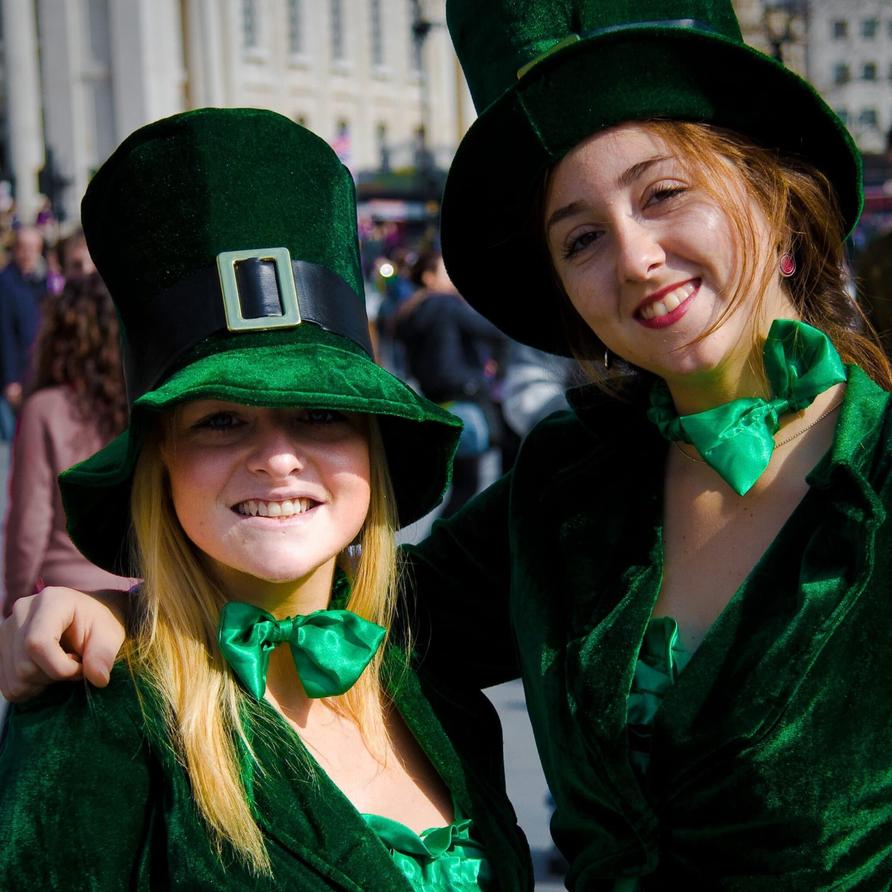
Another example is Vífill, an Irish slave who served a Norse settler in Iceland. After earning freedom, he settled permanently and integrated into Norse society. While not a raider himself, his life merged Irish and Norse worlds and underlines that the identity of “Viking” could extend to non-Scandinavians living within Norse culture.
These instances reveal that over the 200 years of Viking presence in Ireland, some Irish individuals definitely participated in Viking expeditions or lived within Norse communities. However, this activity was limited to parts of the population, primarily those directly involved in cross-cultural interactions or under Norse control.
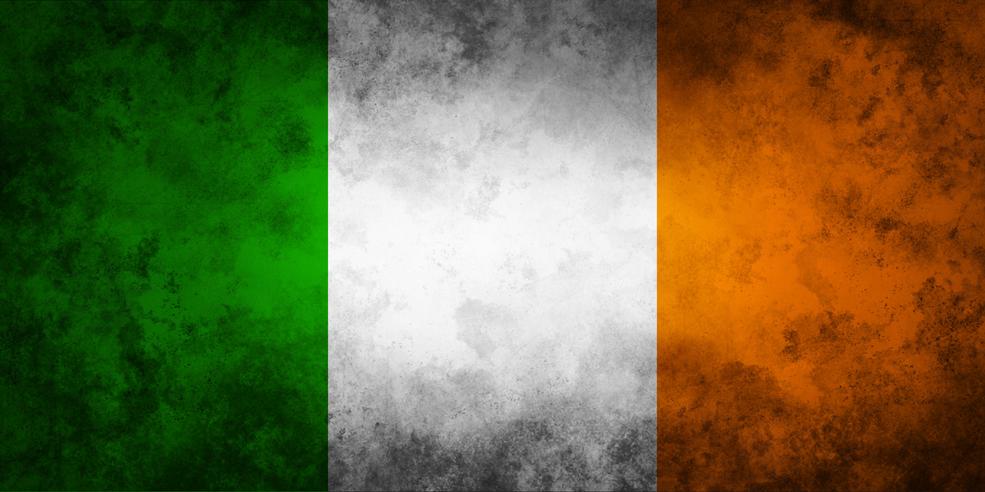
- The Irish as a whole are not classified as Vikings; they belonged to a distinct Gaelic culture.
- Individual Irish mariners, slaves, and settlers did engage in Viking activities and voyages.
- Irish monks were early transatlantic sailors, reaching Iceland before the Norse.
- Viking settlements in Ireland led to cultural and genetic blending but did not erase Irish ethnic identity.
- The Old Norse term ‘víkingr’ refers to those who raid or travel, so some Irish could be called Vikings based on actions, not ethnicity.
Were the Irish Vikings? A Tale of Raids, Monks, Queens, and Cultural Crossovers
So, were the Irish Vikings? The short answer is no, not in the traditional sense. However, the story is far more complex and fascinating than a simple yes or no. Let’s unravel this historical mystery. Imagine a medieval saga filled with daring sailors, ruthless pirates, cultural blending, and even some Irish monks who beat the Vikings to the punch by reaching Iceland first. This is the curious tale of the Irish and their Norse neighbors.
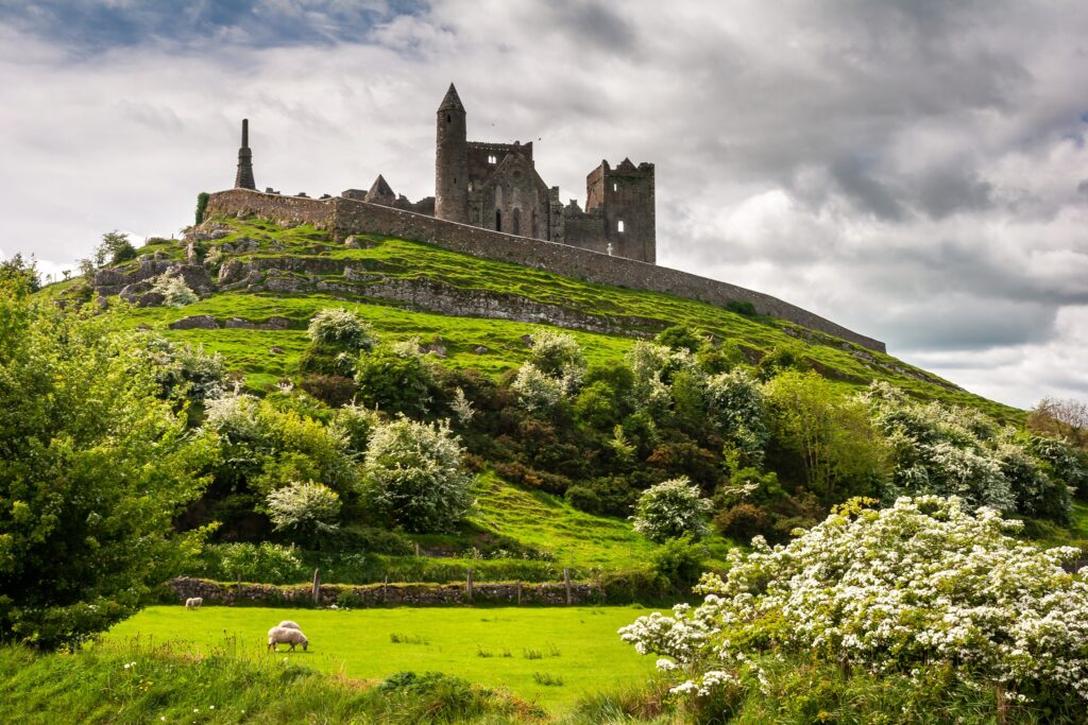
When you hear the word “Viking,” what comes to mind? Rugged Scandinavian warriors sailing longships to raid distant shores? That’s the classic definition. Vikings were primarily Norsemen—people from Scandinavia speaking Old Norse. The medieval Irish, however, spoke Gaelic, followed their own customs, and did not engage in the typical long-distance raiding or trading expeditions that defined the Viking Age.
The Cultural and Linguistic Divide
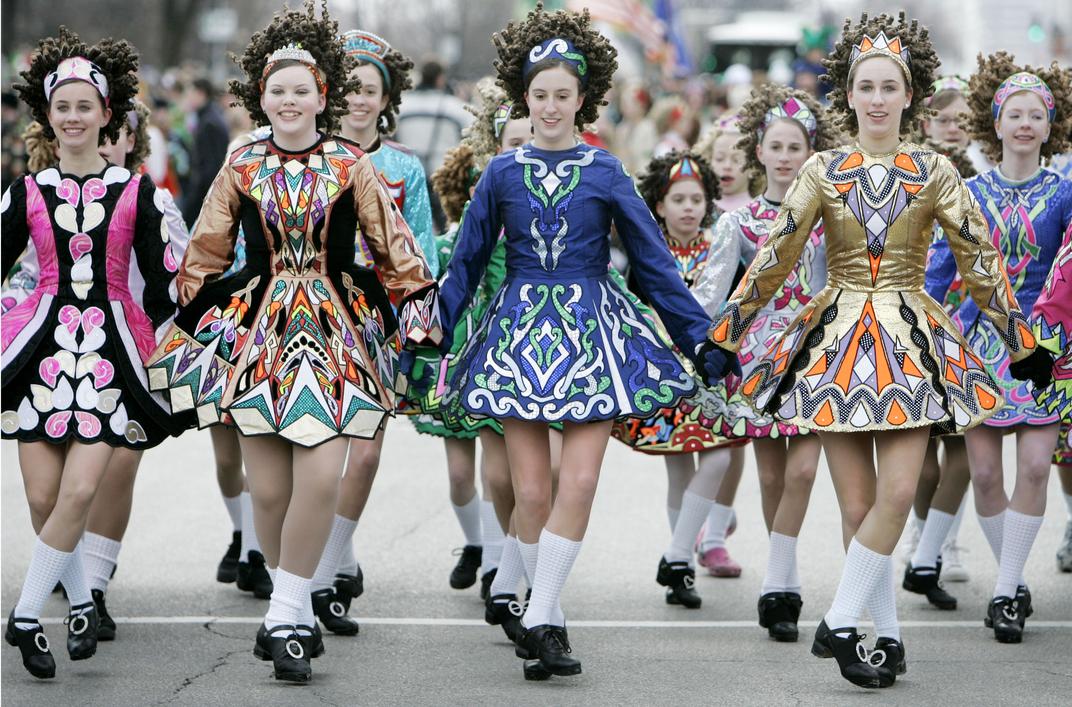
The Irish were Celts, not Norse. Their language was distinct and their society different. While Norse Vikings voyaged and established colonies far and wide, the Irish focused mainly on local and regional affairs. The Irish didn’t set out on regular raids across the seas in the same way Vikings did. It’s like comparing classic rock to heavy metal—both music, but very different vibes.
Yet, the sea called to the Irish as well. They sailed—and even raided—as far as Wales. So the maritime spirit definitely wasn’t absent in Irish culture. A cultural exchange blossomed where Irish and Norse met, especially in Ireland, where Vikings settled and where new Irish cities like Dublin and Cork first rose. These Norse settlements brought about a fascinating blend of traditions, languages, and even genetics.
But Wait, What Does ‘Viking’ Really Mean?
Here’s a twist that often surprises people: the Old Norse word ‘víkingr’ doesn’t refer to a specific ethnic group. It’s a job title. Literally, it means “pirate” or “raider”. A víkingr is someone who goes on a raiding expedition, not necessarily someone born in Scandinavia.
This definition opens the door to some Irish people being “vikings.” If an Irish person participated in raiding voyages or plundering, could they technically be called vikings? According to the language itself, yes. But the society they came from wasn’t Norse, which leaves historians walking a fine line when labeling Irish medieval figures as Vikings.
Irish Monks—The First Mariners of Iceland
Here’s a cool historical nugget: long before the Norse invaded Iceland, an Irish group called the papar—monks seeking solitude—already planted their flags (or at least their bells and books) there. An Icelandic scholar, Ari ‘the Wise,’ wrote in the 12th century that these Christian Irish monks lived in Iceland but left when the Norse arrived. Archeological finds support these tales. So Irish monks were early pioneers of the North Atlantic seas. Not Vikings? No. But innovative sailors? Absolutely.
Norse Settlements in Ireland—Cities Born of Viking Ventures
By the 9th and 10th centuries, Ireland was a scattered patchwork of petty kingdoms. Norse Vikings raided, but they also founded permanent settlements, establishing the first Irish cities. Dublin and Cork owe their origins to these Norse arrivals. Though the Irish resisted giving up large tracts of land, the presence of Vikings reshaped Ireland’s political and cultural landscape.
This cohabitation led to intermarriage, cultural blending, and a sharing of customs. So while the Irish remained ethnically Celtic, their society absorbed Norse elements over time. The Irish were not Vikings, but they lived side by side with them.
The Irish in Norse Colonies: Vikings with Irish Blood
The Irish influence didn’t stay confined to Ireland. Many Irish sailed—or were taken—as slaves to Norse colonies, including Iceland. In fact, modern Icelandic genetics reveal a significant Irish component, a legacy from those early interminglings during the Viking Age. This genetic blending is a silent testament to close contact between the two groups.
Let’s talk about Auður djúpúðga, a notable example. She was once the Queen of Dublin through marriage. After her husband died, she led a group of settlers to Iceland and established lands there. She probably saw herself as part Irish, part Norse. Her story illustrates the fluid identities and interconnectedness between Irish and Norse societies at the time.
Irish Slaves Who Became Vikings?
Even more intriguing is Vífill, an Irish slave who served Ingólfr Arnarson, the first permanent Norse settler in Iceland. Vífill was freed after proving his loyalty and eventually settled a farm named after himself. While he may not fit the classic Viking raider mold, he lived among Norsemen and traveled to Norse colonies. By the Old Norse definition, he could be a Viking, even if his status started as enslaved. This highlights how complex identity was in the Viking Age.
So, Were the Irish Vikings?
Summing up, the Irish were NOT Vikings in the strict ethnic and cultural sense. They didn’t speak Old Norse, nor did they primarily engage in Viking-style raids and expeditions. However, Irish people did participate in Viking activities, sometimes as raiders, settlers, slaves, or cultural partners.
Would you say an Irish monk in Iceland is a Viking? Probably not. What about an Irish raider sailing with the Norse? Maybe yes. It depends on how you define the term.
The takeaway: identity in the medieval world wasn’t black and white. The Irish and Norse mingled in trade, conflict, settlement, and blood. Irish culture absorbed Norse influences, and vice versa. History is messier and way more interesting than tidy labels.
Key Reflections and Lessons
- Terminology matters: Don’t assume ‘Viking’ means ethnic Scandinavian only.
- Irish seafaring was real: Monks to raiders, they ventured far.
- Contact breeds culture: Cities like Dublin bear Viking roots mixed with Irish soil.
- Genetic legacies linger: Icelandic DNA reveals the deep imprint of Irish ancestors.
- Identity is complex: Many medieval individuals defy modern labels.
What is your take? Could today’s descendants of these intertwined peoples claim both Viking and Irish heritage? Probably. And isn’t that blend part of the fun of digging into history?
Final Thought
The story of Irish Vikings is less about neat categories and more about maritime daring, cultural mingling, and surprising connections across the North Atlantic. It reminds us that history is a grand tapestry, woven with threads of many colors. The Irish were not Vikings in the classic sense, but they were close neighbors, allies, rivals—and sometimes, warriors of the seas just like the Norse.
